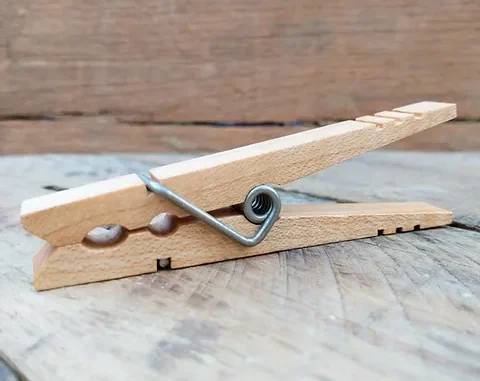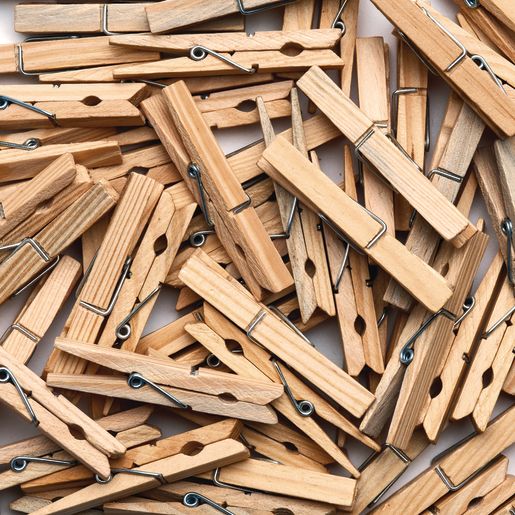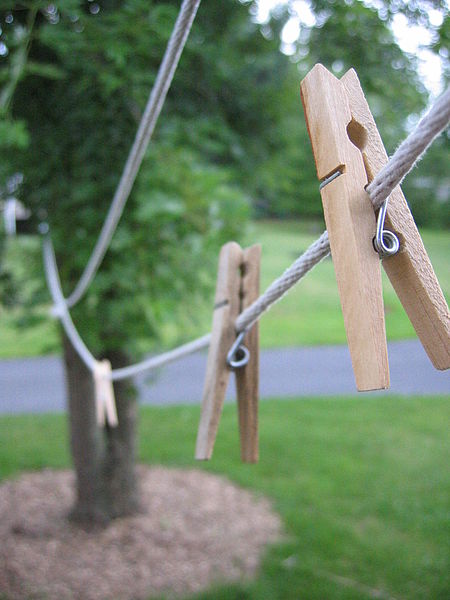
Wooden clothespins have a rich heritage tracing back to the 19th century, a time when laundry care was a manual endeavor and garments were air-dried outdoors. Originally fashioned from materials such as bone, metal, or horn, wooden clothespins surged in popularity for their affordability and accessibility. Initially hand-carved, they showcased the craftsmanship and precision of artisans who took pride in their creations.
Aside from their traditional role in hanging laundry, wooden clothespins have discovered a multitude of practical applications. They serve admirably as clips for sealing chip bags, holders for photographs, and handy tools for various crafts. Their adaptability has rendered them indispensable in households, workshops, and artistic studios alike. Moreover, their robustness ensures longevity, offering a sustainable alternative to disposable plastic clips.

Amidst the whirlwind of modern technology, the humble wooden clothespin serves as a nostalgic nod to simpler times. It evokes fond memories of childhood, when hanging laundry under the sun was a customary chore and an opportunity for familial bonding. Employing wooden clothespins reconnects us with our heritage, underscoring the resourcefulness and creativity of past generations.

Despite the digital age’s rapid pace, traditional wooden clothespins endure and remain available for purchase, preserving a link to our collective past.
Leave a Reply